Photos: The US Military's Next-Generation F-35 Fighter Jet
Warfighters

The F-35 Joint Strike Fighter jet has been billed as the U.S. military's next-generation warplane. The F-35 program consists of different variants of the plane, each designed to satisfy the needs of the different branches of the military, including the U.S. Air Force, Marine Corps and the U.S. Navy.
The F-35 program is the most expensive military weapons system in history, and it has been heavily criticized for design flaws and for running significantly over budget.
There are three primary models of the fighter jet: the F-35A, which takes off and lands like a conventional warplane; the F-35B, which is designed to take off on a short runway and can land vertically; and the F-35C, which is designed to operate on aircraft carriers. Check out these photos of F-35 fighter jets in action.
Touchdown
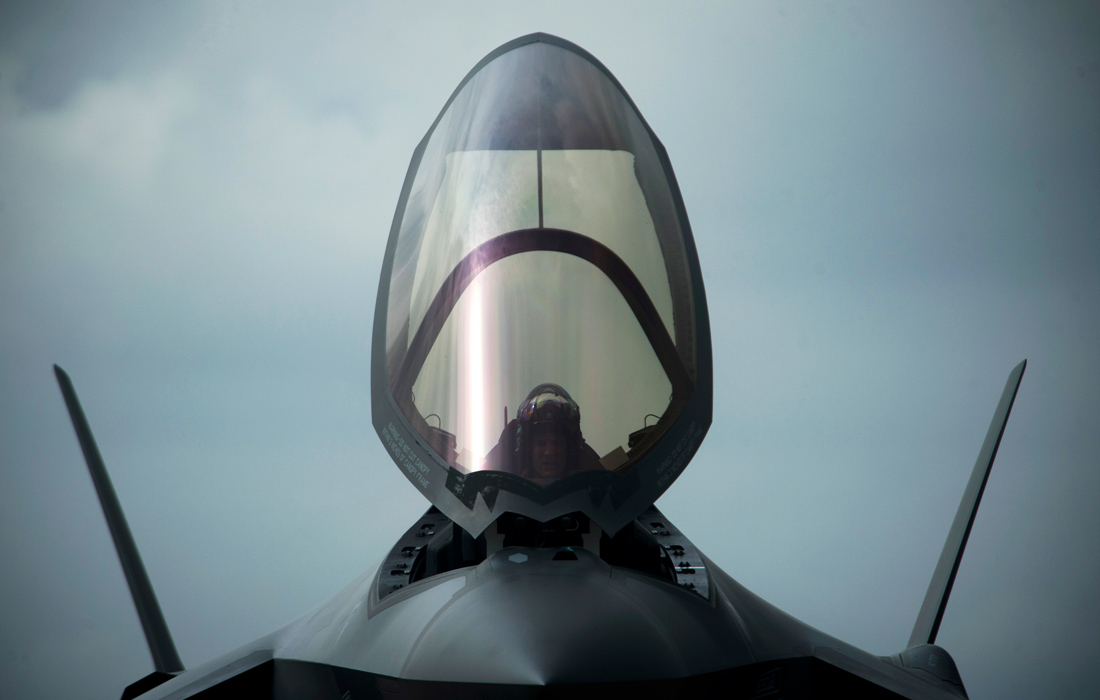
A U.S. Air Force F-35A Lightning II aircraft touches down at Graf Ignatievo Air Base in Bulgaria on April 28, 2017, marking the first time the NATO country has hosted the 5th generation fighter aircraft.
Fueling up
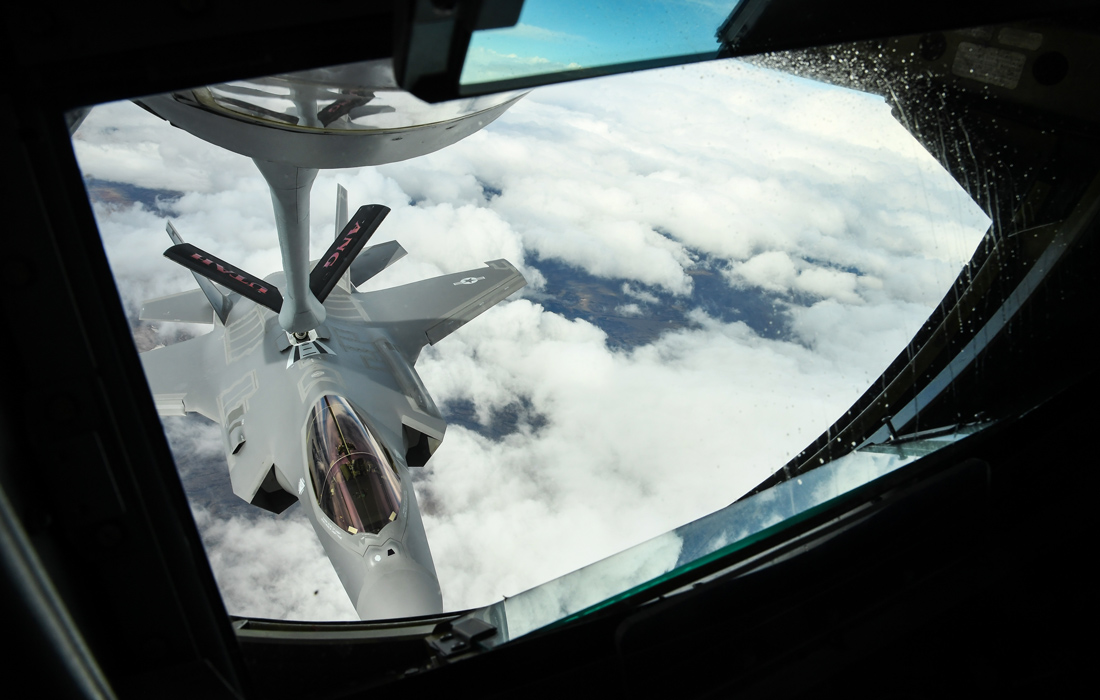
An F-35A connects to the flying boom of a KC-135 Stratotanker for refueling over the Utah Test and Training Range on March 30, 2017.
Flying in formation
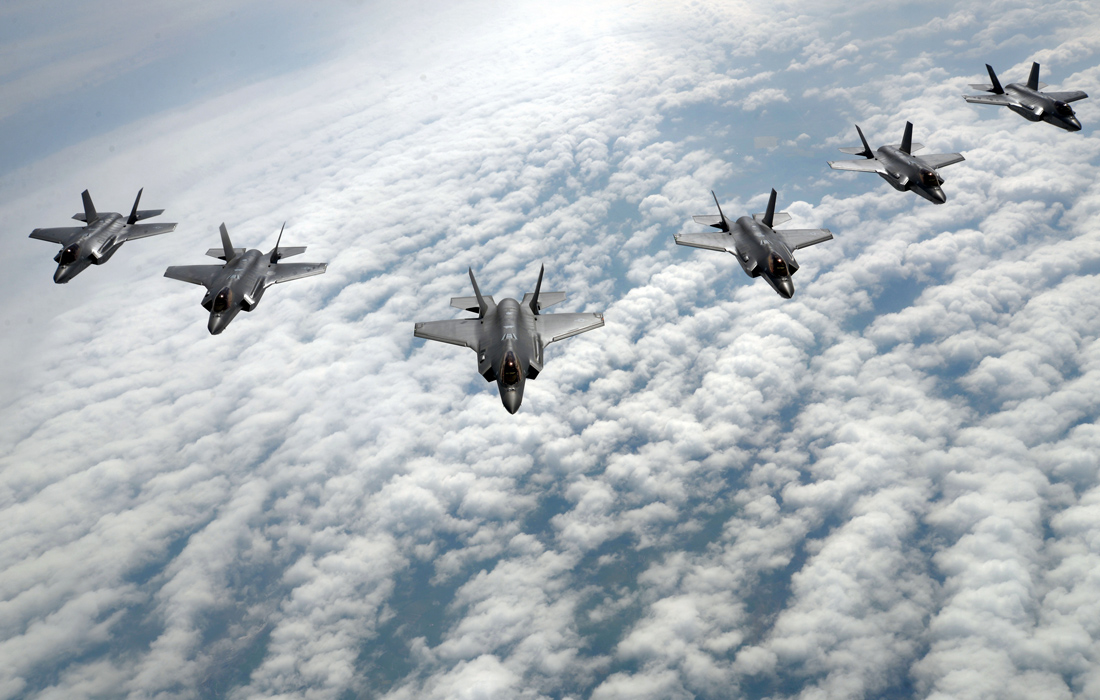
The U.S. Air Force's F-35 Lightning IIs from Hill Air Force Base in Utah fly in formation during a training flight on May 2, 2017.
Taking off
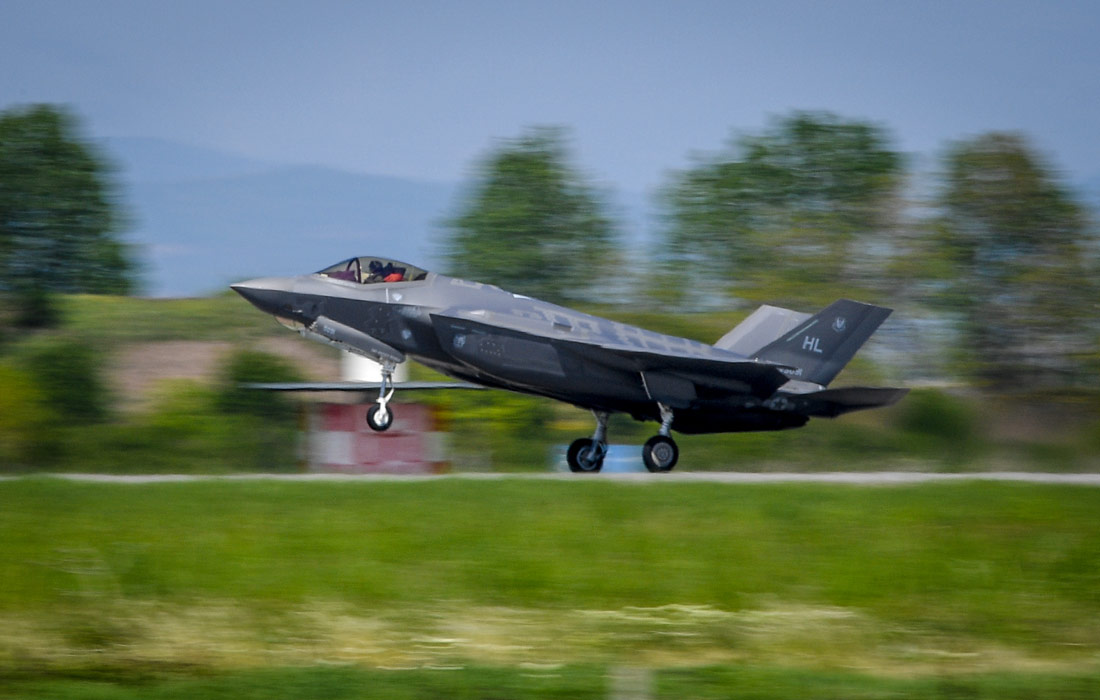
A U.S. Air Force F-35A Lightning II pilot assigned to the 34th Fighter Squadron, based at Hill Air Force Base, Utah, completes pre-flight checks prior to departing RAF Lakenheath, England on May 7, 2017.
Get the world’s most fascinating discoveries delivered straight to your inbox.
In the lab
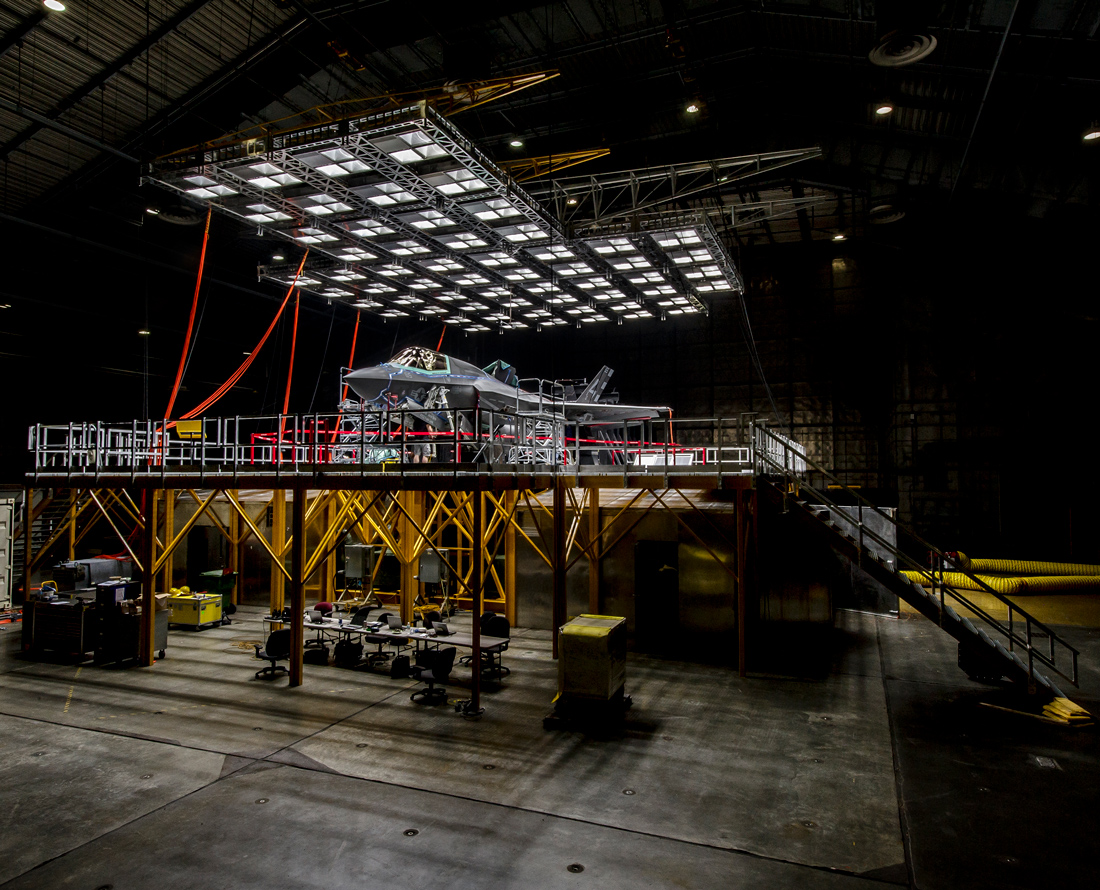
An F-35B Lightning II short take-off/vertical-landing (STOVL) variant underwent Solar Array Lighting Test at the McKinley Climatic Laboratory at Eglin Air Force Base.
Frigid conditions
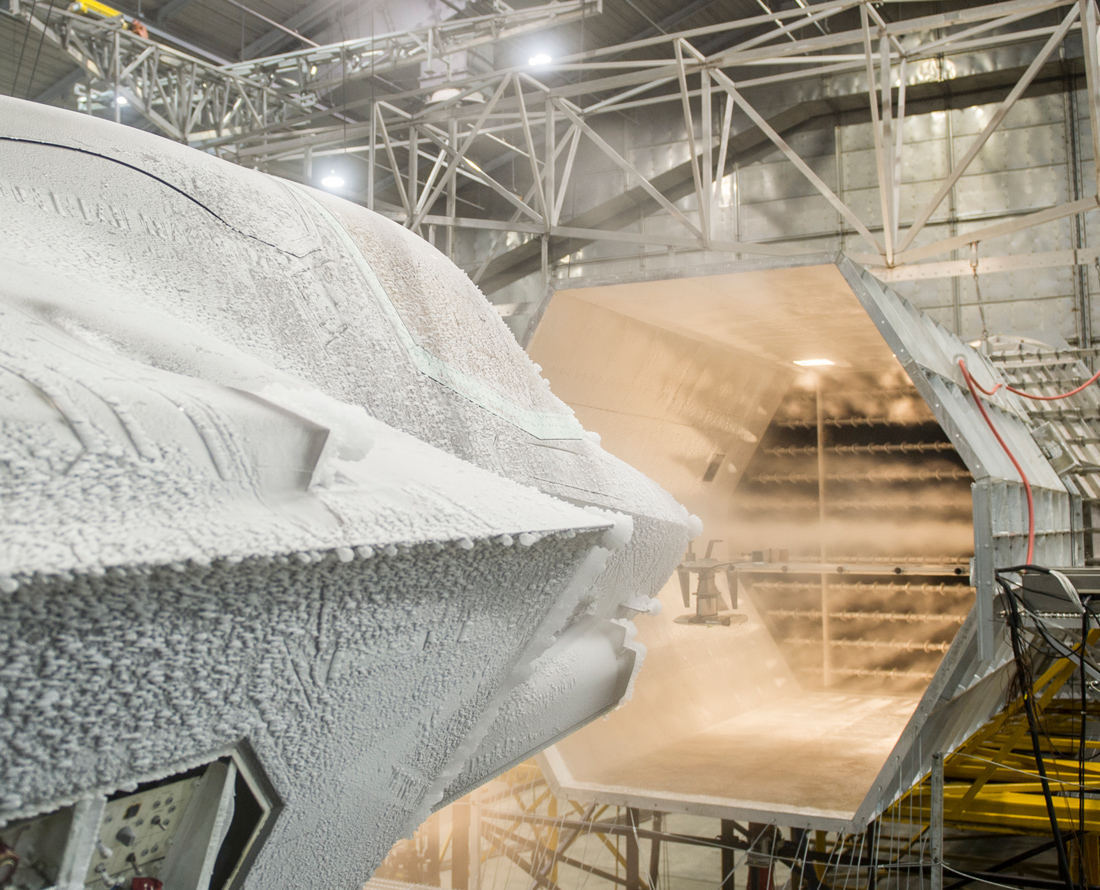
In March 2015, an F-35B Lightning II short take-off/vertical-landing (STOVL) variant completed climatic testing at the 96th Test Wing's McKinley Climatic Laboratory at Eglin Air Force Base.
Vertical landing
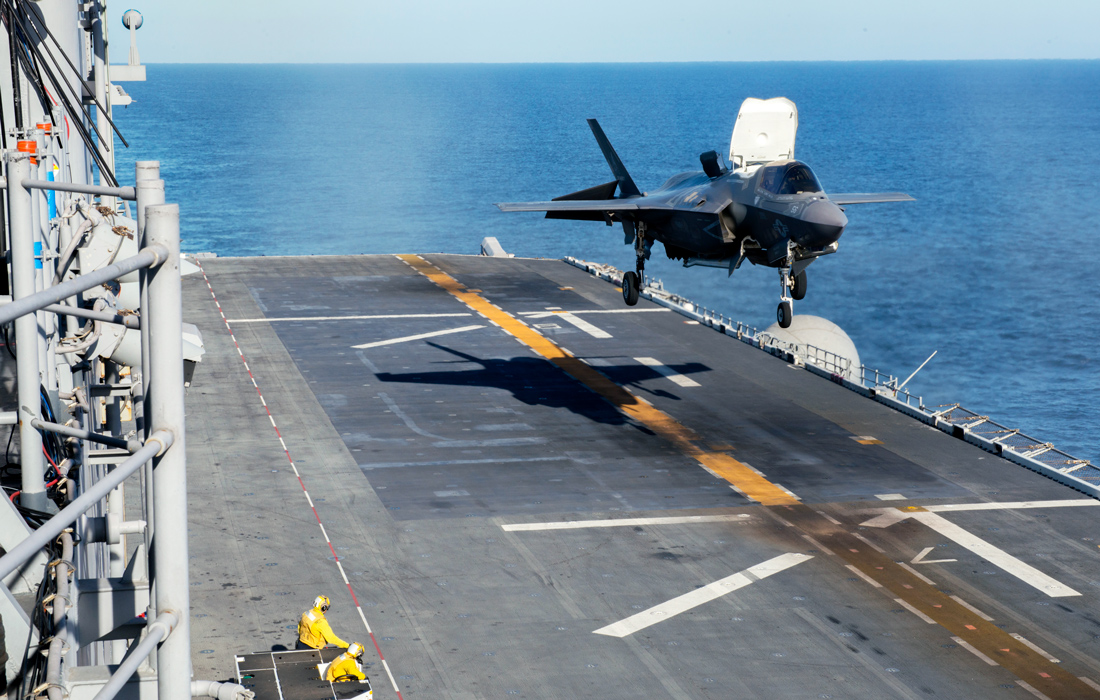
An F-35B Lightning II performs a vertical landing aboard the USS America on Nov. 18, 2016.
Built to hover
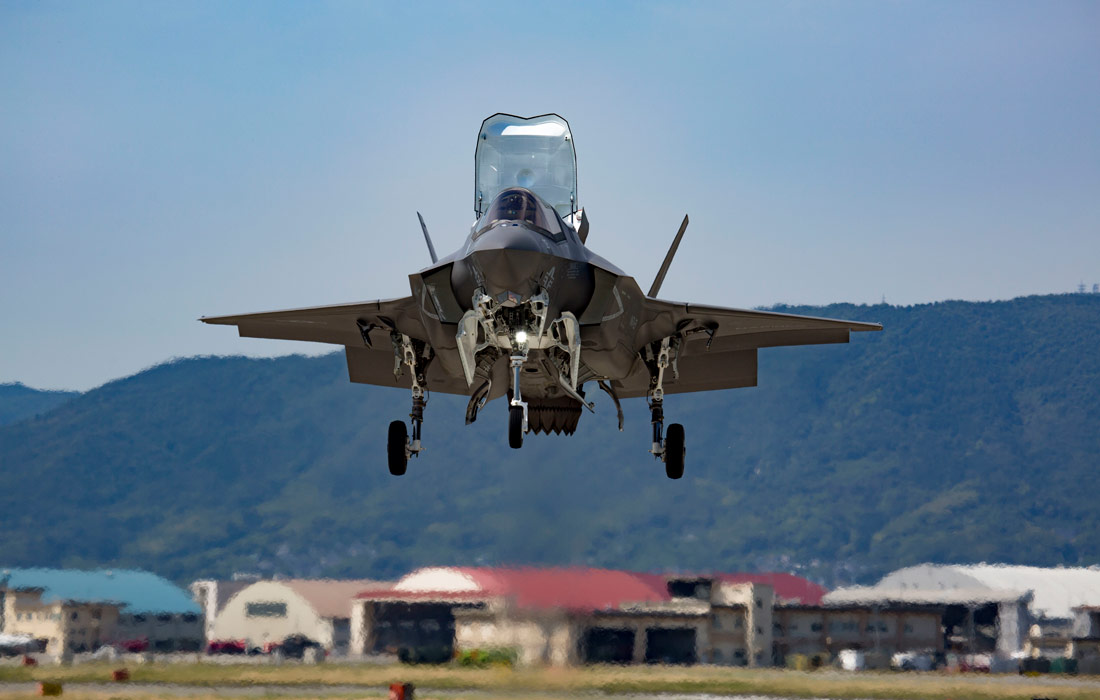
A U.S. Marine Corps F-35B Lightning II with Marine Fighter Attack Squadron 121, hovers overhead before conducting a vertical landing at Marine Corps Air Station Iwakuni in Japan on June 13, 2017.
All clear
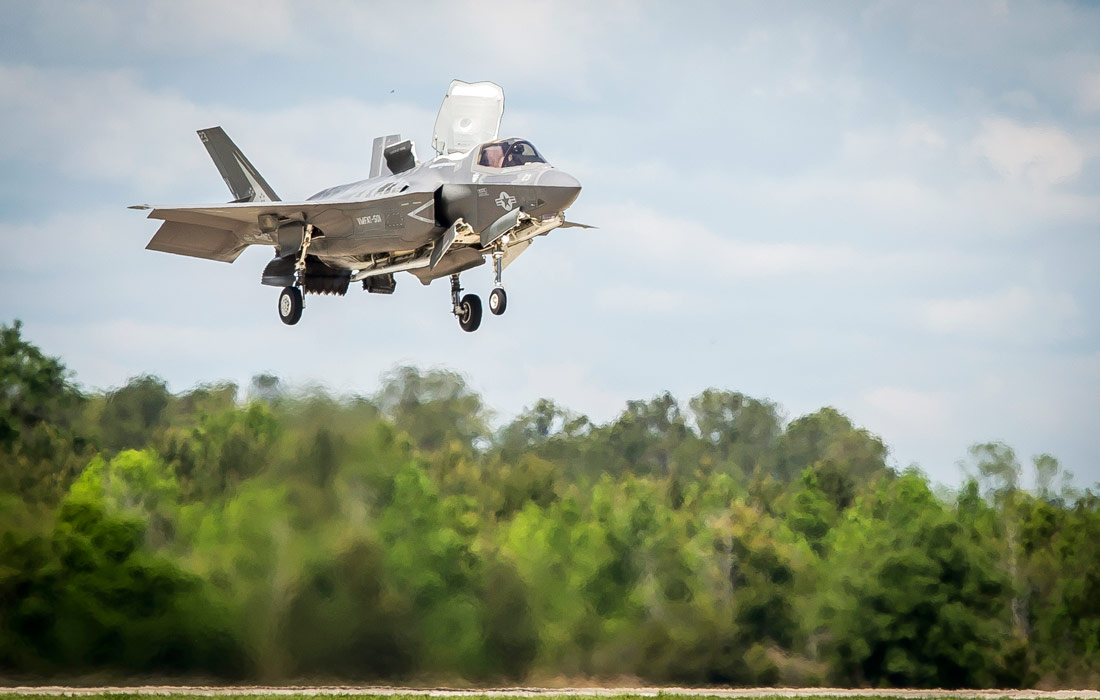
An F-35B Lighting II aircraft prepares to land during a training exercise with Airborne Tactical Advantage Company aboard Marine Corps Air Station Beaufort.
Down the flight line
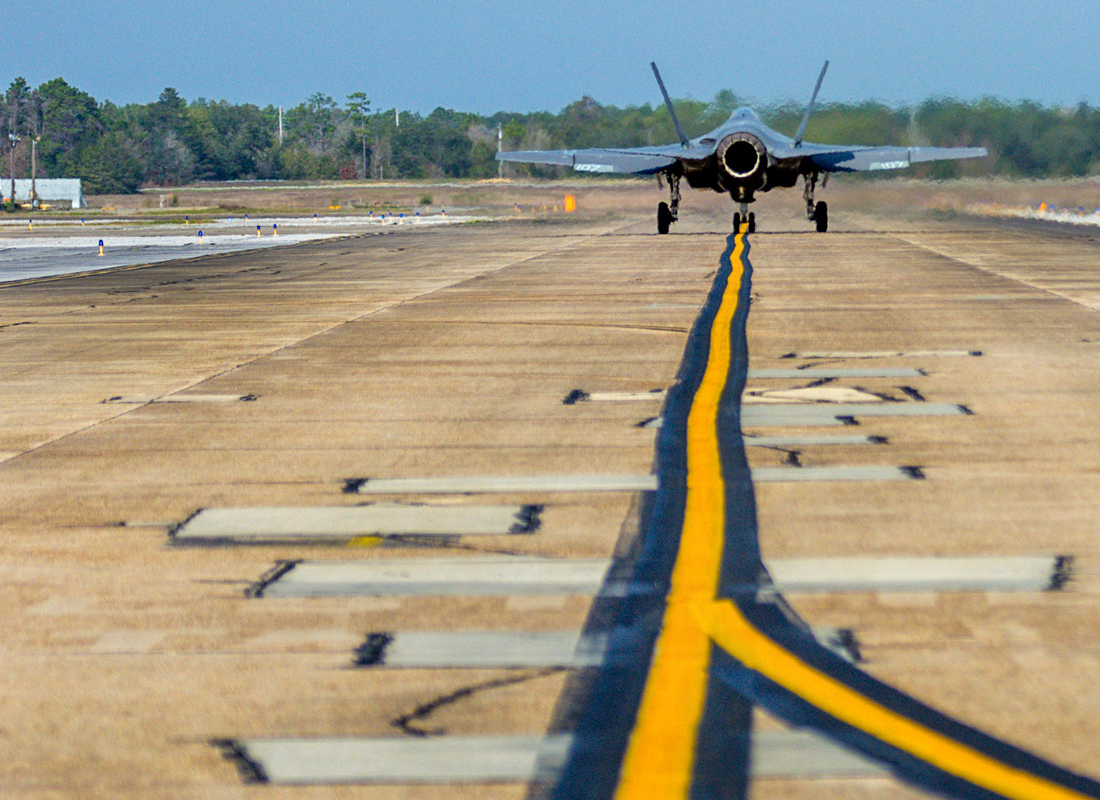
An F-35C Lightning II taxis down the flight line from the F-35 Strike Fighter Squadron at Eglin Air Force Base in Florida.

Denise Chow was the assistant managing editor at Live Science before moving to NBC News as a science reporter, where she focuses on general science and climate change. Before joining the Live Science team in 2013, she spent two years as a staff writer for Space.com, writing about rocket launches and covering NASA's final three space shuttle missions. A Canadian transplant, Denise has a bachelor's degree from the University of Toronto, and a master's degree in journalism from New York University.


